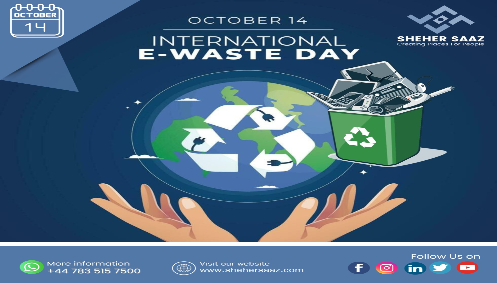ISLAMABAD: The National Electric Power Regulatory Authority (Nepra) on Tuesday directed the power sector entities to immediately include hydroelectric power in the definition and policy of the Alternate and Renewable Energy (ARE) sources.
The decision comes at a time when the Cabinet Committee on Energy (CCoE), led by Planning Minister Asad Umar directed the Power Division to resolve immediately all outstanding issues with the Sindh government on Alternate & Renewable Energy Policy (AREP).
The AREP, 2019 was approved, in principle, by the Council of Common Interests (CCI) in December last year subject to settlement of all concerns of the Sindh government. The policy has since been on hold.
Both moves, informed sources said, followed some informal meetings of PM Imran Khan with key stakeholders and confidants from the Khyber Pakhtunkhwa where it was reported that the AREP had been stalled at the last stage and that somehow the power sector authorities had ignored hydropower resources in the integrated energy generation plan 2020-2027 and the AREP 2019.
In an order issued to the Private Power & Infrastructure Board, National Transmission & Despatch Company and Alternate Energy Development Board, Nepra expressed concern that “hydropower is not being considered under the scope and definition of renewable energy which is contrary to the definition and standards used worldwide”.
The regulator noted that hydropower was an attractive renewable energy option due to its low production costs, low greenhouse gas emissions and grid flexibility.
Nepra also directed these entities to “make necessary amendments in all relevant documents and include hydropower projects in the scope of upcoming AREP 2019”.
Separately, the CCoE also reminded the Power Division that changes to committee’s December 2017 and February 2018 decisions had not been actualised as yet even though clear guidelines were issued at a May 4 meeting.
Regarding finalisation and implementation of Renewable Energy Policy, the CCoE had “directed the Power Division [on May 4] to resolve the outstanding matters with the Sindh Government and have the policy notified by the Inter-provincial Coordination Division at the earliest”.
However, the CCoE also recalled that “in the event of failure to resolve the outstanding matters, the Power Division shall move a summary to the CCI by June 15. The Power Division shall submit its proposals for an interim arrangement to the CCoE, in the event that none of the foregoing action can be accomplished by June 15”.
A May 4 statement had noted that the CCoE was apprised about the country’s future energy demand, power availability to various sectors and progress made to rationalise energy prices.
The CCoE was apprised about the introduction of a competitive bidding process for the entry of new producers in the renewable energy sector .
Under the new ARE policy, the federal government claims to be offering $40 billion worth of investment opportunities with a capacity addition (other than hydropower) target of 8,000MW by 2025 and 20,000MW by 2030. This means the government is eying to have 30 per cent renewable energy in the system by 2030.
Coupled with hydropower, the renewables’ share in the country’s electricity generation could go up to 60-65pc by 2030, the Power Division believes.
Sindh government had opposed the policy saying that it was against its interests. Provinces, particularly Sindh, believed that provincial powers enshrined under the 18th Constitutional Amendment had been trespassed by the under the AREP 2019, hence the policy was unacceptable.





